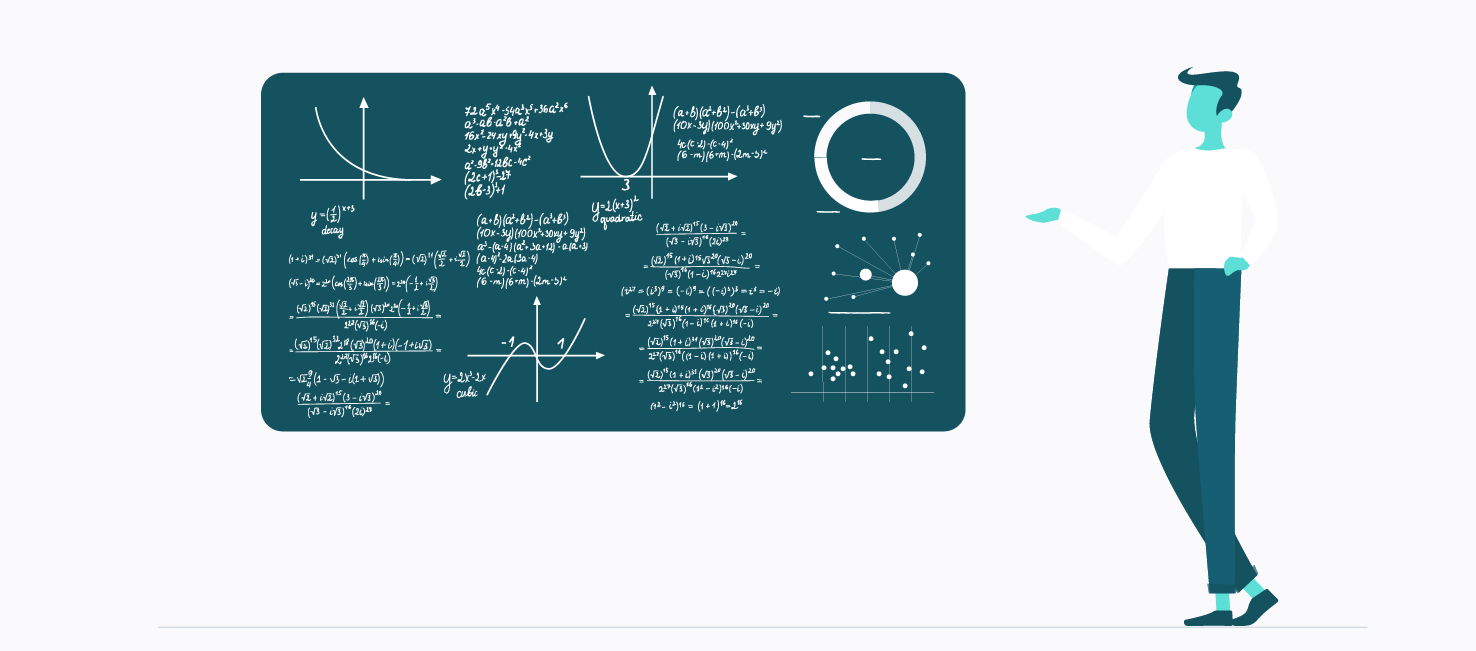A Beginners’ Guide to Creating Surveys
Have you decided to create a survey to research a topic, your brand’s popularity or your future product’s possible reception? A questionnaire might be a great tool to get answers for your questions, but it can also be a waste of money and time if it is not done right. That is why we have created this guide: to help you avoid typical mistakes and become familiar with the basics of creating your survey plan.
There is a lot more to creating a great questionnaire than one would perhaps think at first. If you’ve ever tried to create one, maybe you have already run into some of the considerations and typical problems that a researcher might have. For this post, we have created a simple guide that will help you with framing your questions and designing the survey process.
Start with the basics: the variables
Variables are the random units of research which can gain different values when your respondents answer your questions. There are two types of them:
- the independent variables, with which we can explain the relationship between other variables (socio-demographic variables are mostly in this category);
- and the dependant variables – we want to understand the relationship of these with other variables (the level of satisfaction, for example, is often a dependant variable).
What is your hypothesis?
The hypothesis is a proposition about the condition of the selected variable(s) (descriptive hypothesis) and the relationships between them (explanatory hypothesis). This is what you want to test with your questionnaire. It is important to be clear when creating your hypothesis, it will provide a compass for formulating your questions. Your hypotheses can either be confirmed or refuted by analysing the data you collect.

Who will fill out your questionnaire?
Before you begin to formulate questions and collect answers, you also need to think about the group of people relevant to your research. Whom do you want to fill out your questionnaire? How will you/can you reach them? An online survey has lots of benefits, but sometimes it isn’t efficient, for example if your respondents should be older people.
Are representative samples a myth?
Since you most probably cannot ask every single person in the relevant population to fill out your questionnaire, you’ll have to sample them, and that sample – at least in theory – should be an unbiased reflection of what the whole population is like. In other words, each member of the population should have the same chance to be selected for participation in the survey.

In reality, representative samples are very hard to achieve, because even if everyone is given the same chance, their willingness to participate will still differ and that will make the results go askew. So instead, we recommend using quotas based on socio-demographic characteristics that match those of the whole population. In order to reach the required quotas, you can choose to motivate possible respondents by offering some kind of reward for filling out the questionnaire.
The devil is in the details when it comes to writing questions
Writing questions for a questionnaire seems easy enough at first, but it is actually really tricky if you want your data to be valid. However, once you understand the main considerations behind writing questions, you can surely avoid the typical mistakes people make when creating questionnaires. We have compiled a list of these to help you get started.
- Don’t leave room for subjective interpretations! Definitions are absolutely everything when it comes to quality research: all terms, concepts and quantities used in your hypotheses/questions should be very clearly defined. Avoid vague expressions like “a lot”, “very little”, or “old”. Instead, say “three times a week”, “under a hundred dollars”, or “above the age of 70”. (This way you can also avoid offending people who might not agree with your subjective interpretations suggested by the questions.)
- Don’t miss writing a short introduction to your respondents. You can use this to thank participants, offer them a reward and anticipate how much time it’ll take them to fill out the questionnaire.
- Have short(er) questions. Keep in mind that people often rush through questionnaires and don’t take time to carefully read instructions.
- Is there an answer to the question you’re asking? If you ask them, most respondents will come up with an answer to any question – even if they don’t actually know the answer or if the question cannot be answered. A typical example of this could be “How much money did you spend on coffee in the past 3 years?”
- Use language/phrases that your respondents will understand. Consider their background, their education level, their age etc.
- Questions that already hint at the answer are forbidden! Make the questions as neutral as possible.
- Make sure all possible options are there when you’re making a drop-down list. If you cannot list every possible option, include an open option or use open-ended questions!

Finally: test your questionnaire!
Once you feel that your hypotheses are clear, your concepts are well-defined and all your questions are unambiguous, you should still take time to test your questionnaire before giving it the green light. Have a few people fill it out for you and listen to their feedback: was there anything they didn’t understand? Was there a question that they couldn’t answer because an option was missing? Did they feel offended by anything in the questionnaire? An outsider’s point of view is very valuable – it is too easy to miss out on certain details when you’re all wrapped up in your own research.
We hope that these general guidelines will help you in your work and make it easier for you to create effective questionnaires. There are many survey tools available online that are easy to work with, such as Zurvey.io, SurveyMonkey or Typeform - experiment with them to find out which ones suit your research needs best. These tools also help you analyse your data - more on this and other survey-related topics is coming up in our advanced guide. See you there soon and good luck with your research!
Share:




